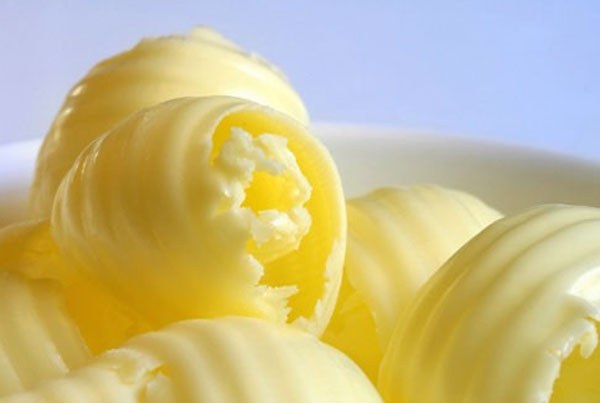Instruction
1
Butter oil is a product made exclusively from cow's milk or its components. Milk fat it certainly is 50-85%. Sometimes oil contains salt. So just consider the packaging, which describes the composition of the product. If there are coconut, palm, peanut oil or other vegetable oils, and dairy fat substitutes, that is margarine.
2
Learn to recognize the appearance of this food product. Sometimes the butter is "sweet cream", which is made only on the basis of pasteurized cream. Still have the "sour cream": made from the same cream subjected to pasteurization, with the addition of lactic acid microorganisms.
3
Understand that consumer packaging of butter should contain the name. For example, "oil tea", "butter sandwich", "oil country", "oil Amateur", "oil cream". Please note, when on the wrapper is written only "OIL" in large letters. The bottom will be assigned, usually in a small font "sandwich product" or "spreads". Such oil is not present, but a mixture of animal and vegetable fat.
4
Consider the cost of supplies. Natural butter oil can not be cheap. To get 1 kg of finished product, the production of butter involves the processing of at least 20 liters of milk. When you consider the purchase price of 1 liter of milk in bulk and the fact that he simultaneously doing other products, the retail price of a kilo of good oil will be approximately as 10 packs of the cheapest retail milk.
5
Not always large letters GOST are evidence of real butter because the Margarines and spreads, too, are Guests. Remember the numbers must come after letters GOST - R 52969-2008.
6
If the oil is already bought, you can check out his "homemade" ways. The oil should be smooth. If it is constantly in the heat, and on its surface there were droplets of water, it is not oil. Dissolve the piece in warm water. Now the oil will be stirred evenly, and will not be divided into separate elements. The color of the oil should not be too yellow or completely white. Smell product butter oil does not need to smell like.
Note
True butter should be firm to the touch. It does not stick to the packaging.
Useful advice
In accordance with the requirements of the law on consumer protection, each product label should contain information on the composition and batch number of the product.
